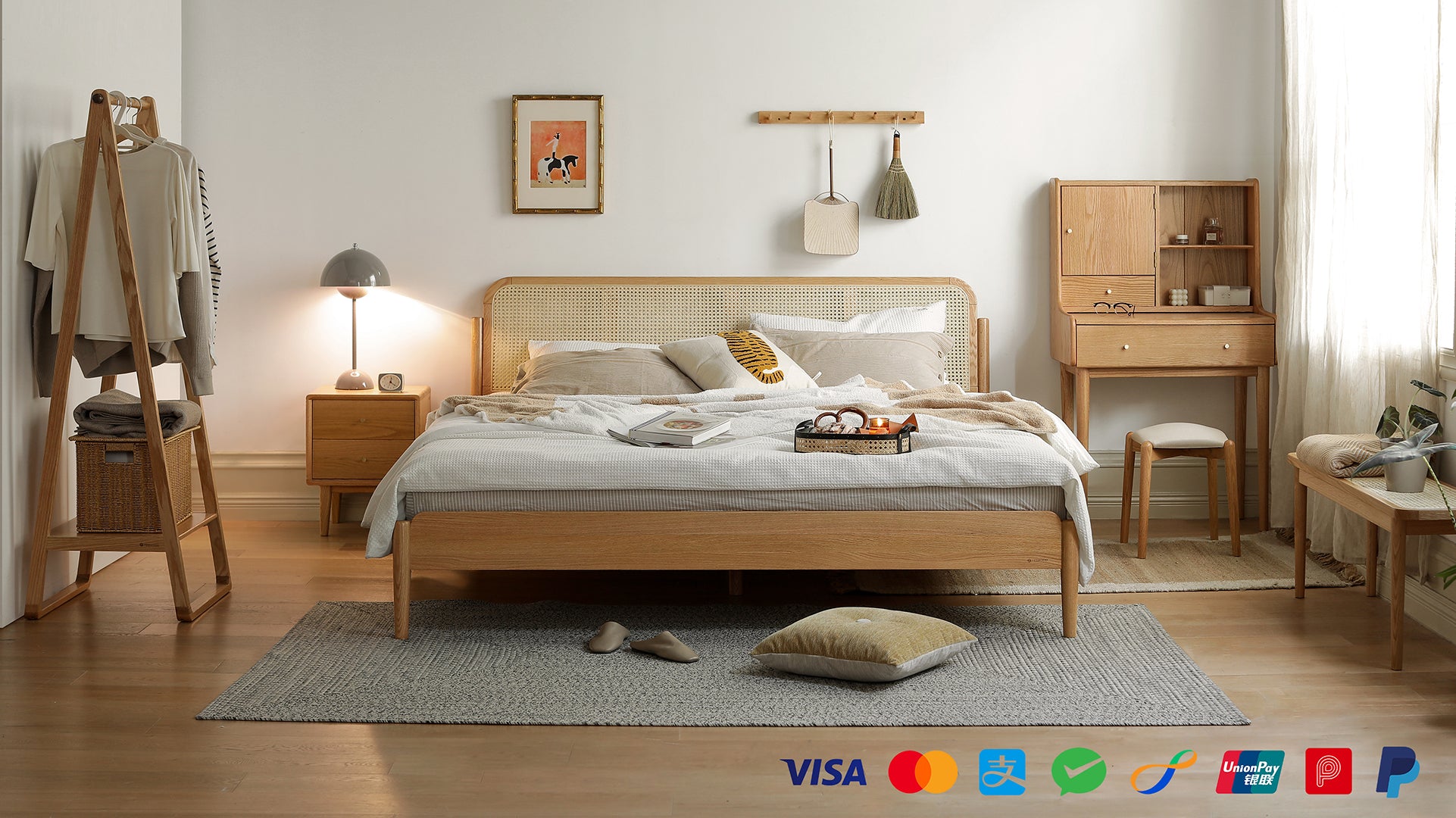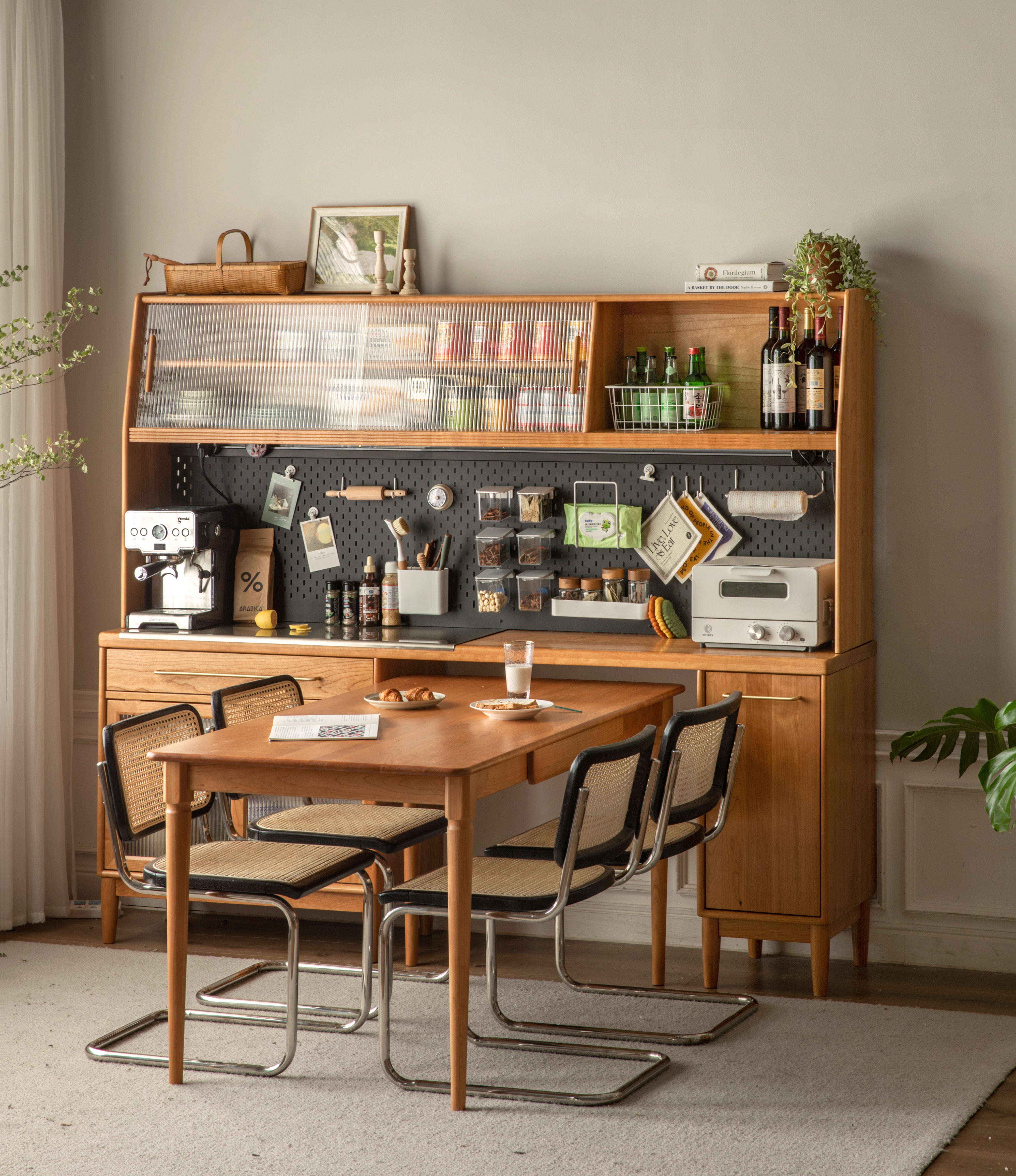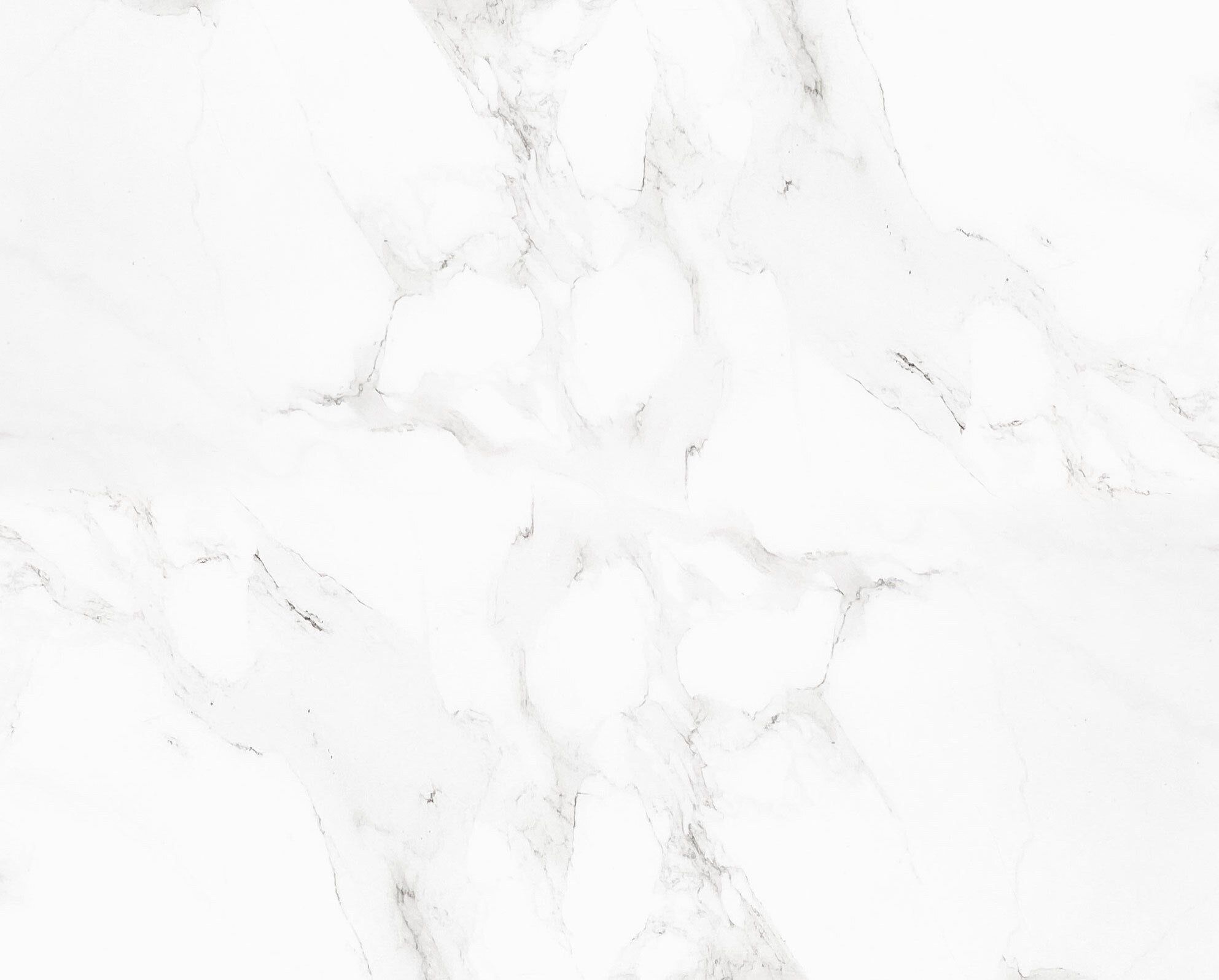Product classification
Retro color series
Explore our collection of retro-colored furniture that blends natural textures with nostalgic charm to add unique charm to your home space. Each piece is made of carefully selected logs, showing elegance and durability, allowing you to feel the passage of time in comfort.
Rattan series
Experience the unique style of the rattan and log furniture series, which perfectly combines nature and art. Each piece of furniture is made of exquisite rattan and logs, which is both comfortable and durable. It adds a fresh and natural atmosphere to your home and makes your life more tasteful and stylish.
Smoked black series
The Smoked Black series, with its deep tones and natural textures, adds a touch of elegance and mystery to the home. Each piece is carefully designed and polished to display unique texture and style.
Oak original color series
The log series integrates the beauty of nature into the home, showing simplicity and elegance. Carefully crafted from high-quality logs, it retains natural texture and color, bringing unique tactile and visual enjoyment.













































































